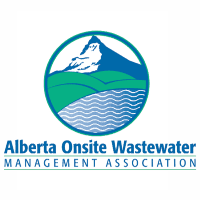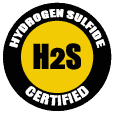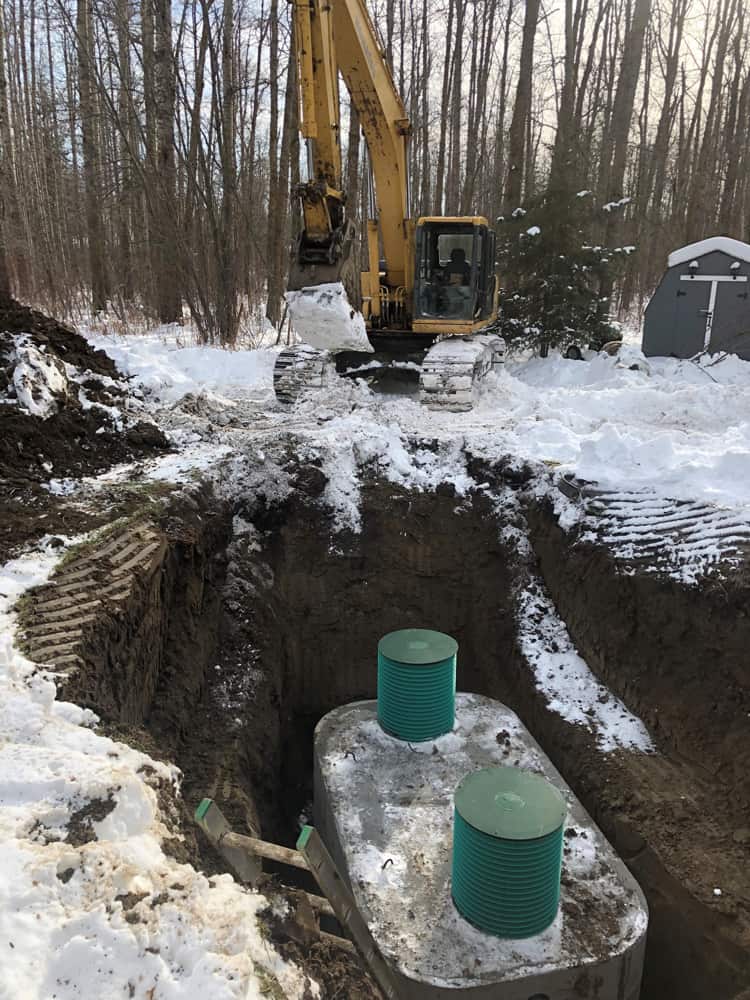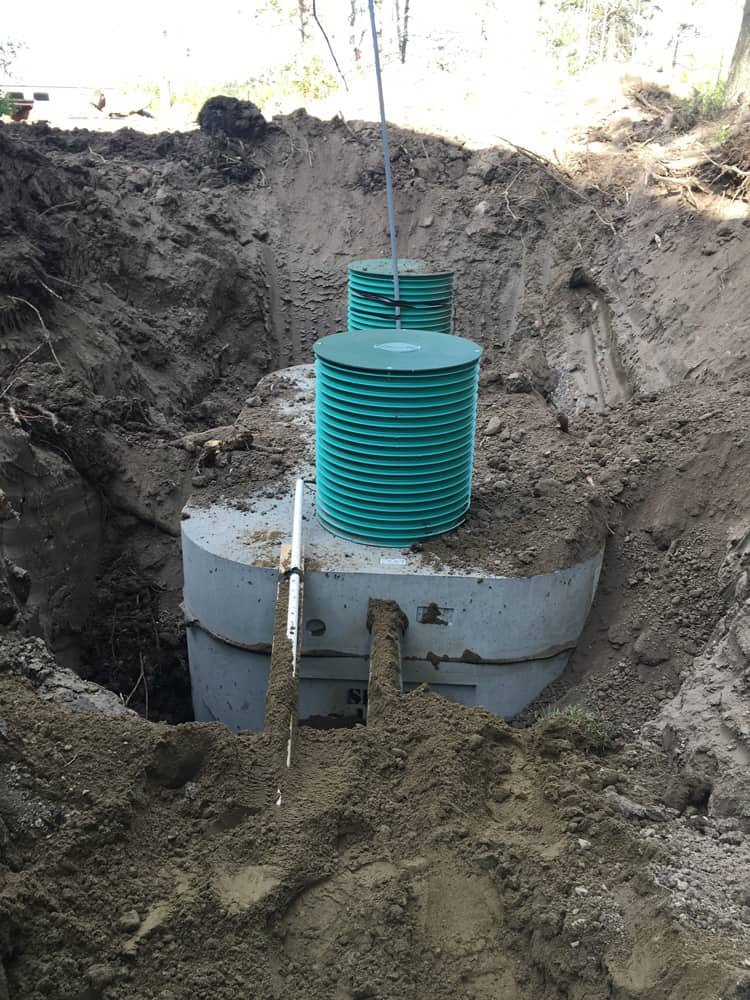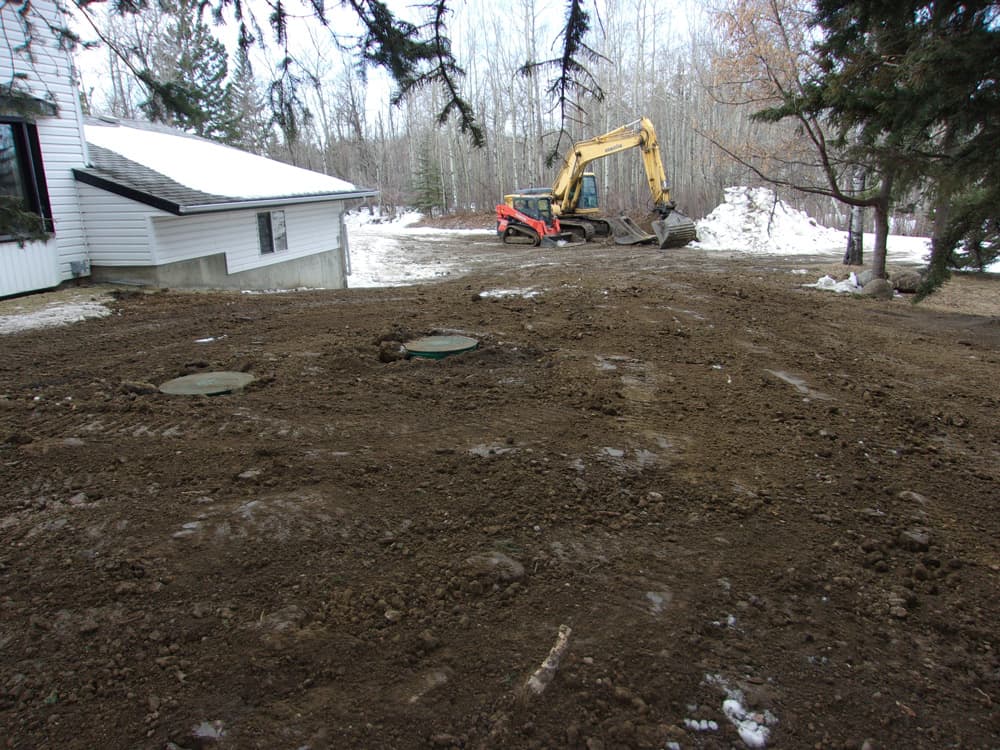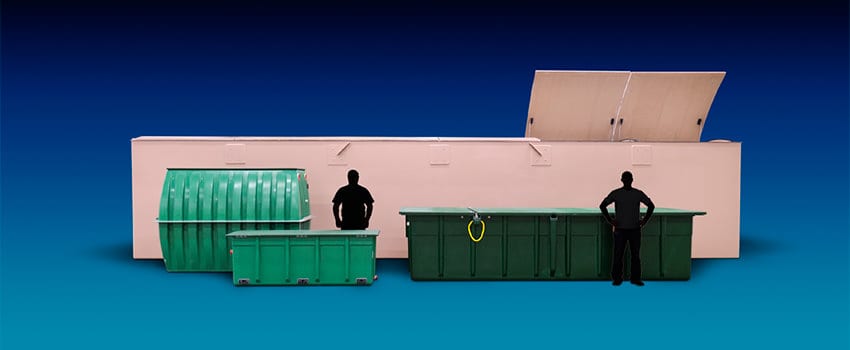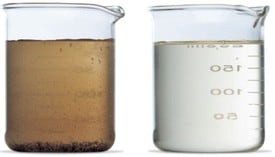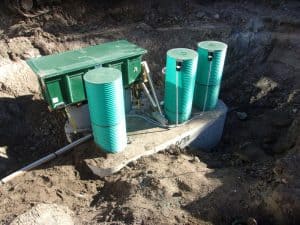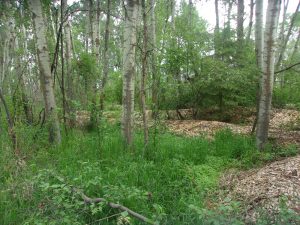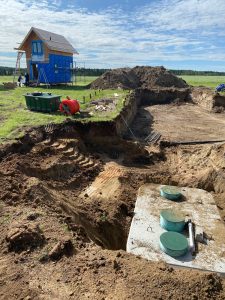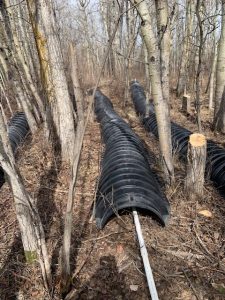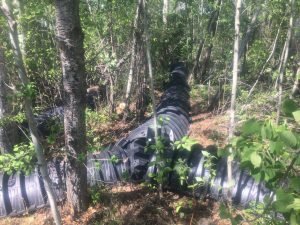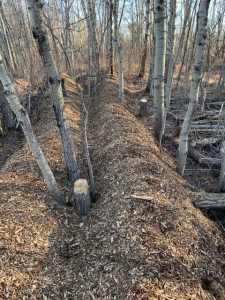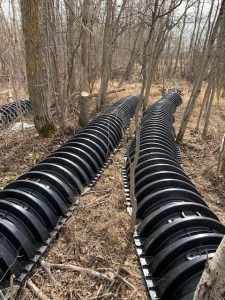Mound System: When site restrictions exist such as slow soil permeability, shallow soil cover or property setbacks a mound system can be installed. A mound is a drainfield that is built above the natural soil surface. The mound is composed of a sand fill that has a gravel-filled bed and a network of small diameter pipes known as the distribution system. From the pump chamber, effluent is pumped through the pipes in controlled, low pressure doses so that uniform distribution is achieved throughout the bed. Treatment occurs as the effluent moves through the sand and returns to the natural soil.
Your Residential & Commercial Septic Specialists
Our Company
We make it our top priority to provide the highest quality workmanship and exceptional support services that you can rely on for your septic and water systems. Serving Strathcona County (including Sherwood Park), City of Edmonton, Leduc County, Parkland County, and Beaver County.
Location
Sherwood Park, Alberta – Serving Edmonton & surrounding areas

